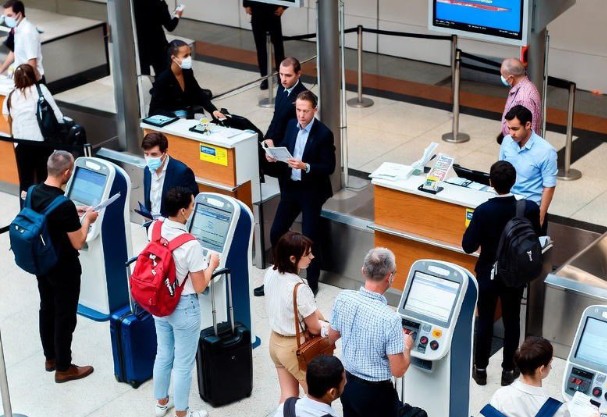The Government is preparing a major shake-up of the UK immigration rules, with new plans that could stop migrants from accessing benefits until they officially become British citizens.
The proposal reveals, marks one of the biggest overhauls of settlement rights and welfare access in decades.
Under the changes, many migrants could wait up to 30 years before reaching settled status and then face an additional one to three years before they can secure British citizenship. Only once citizenship is granted would they be eligible to claim state benefits.
At present, migrants can usually access support once they gain Indefinite Leave to Remain (ILR), which normally takes around five years. That long-standing route would be completely reshaped under these new Home Office immigration reforms.

Home Secretary Shabana Mahmood defended the changes, saying the measures are intended to “replace a broken immigration system” and make sure that settling in the UK “is not a right, but a privilege, and it must be earned”.
Changes to Apply to Post-Brexit Migrants
One of the most controversial aspects is that the new settlement rules would apply retrospectively to many people who arrived in the UK after Brexit.
This includes around 1.6 million skilled frontline workers, from NHS doctors and nurses to teachers and other essential staff.
While highly paid workers and those on “global talent” visas could still achieve ILR within three to five years, lower-paid workers would face dramatically longer waits.
Those who entered on health and social care visas from 2022 onwards may have to wait at least 15 years, stretching to 25 years if they have claimed benefits for more than a year.
For individuals classed as illegal migrants or those who overstay their visas but cannot be removed, the journey to settlement could last the full 30 years.
Benefits Access to Depend on Citizenship, Not ILR
The Home Office policy paper, A Fairer Way to Settlement, reportedly explains that the system will “shift the default position on access to benefits to citizenship rather than settlement.”
This signals a significant move away from the current model, where ILR is the key milestone in the UK immigration and settlement process.
At any given time, between 600,000 and 800,000 people hold ILR, but that number is expected to climb sharply due to the post-Brexit rise in arrivals, sometimes referred to as the “Boriswave”.
The report also highlights rising numbers of migrants accessing state support. Nearly 500 people a day are said to be signing up for Universal Credit, with overall migrant benefit claimants reaching 1.27 million, a jump of nearly 50% since 2022.
New Conditions for Settlement Under Updated UK Immigration Rules
All migrants seeking ILR under the new system would have to meet stricter eligibility conditions, including:
- At least three years of employment in the UK
- No outstanding debts owed to the Government
- A high standard of English language ability
- A completely clean criminal record
Migrants who contribute through community or voluntary work may be able to shorten their wait time, while high earners would continue to benefit from fast-tracked settlement routes.
These proposals introduce a far tougher path for anyone hoping to settle permanently, aligning access to welfare much more closely with long-term residence and full British citizenship.
Political Pressure Behind the Reform
The timing is notable, as Labour faces electoral pressure from Nigel Farage’s Reform UK, which has argued for removing ILR from hundreds of thousands of non-EU nationals and forcing them to reapply under tighter standards.
By tightening the UK immigration rules and extending settlement periods, Labour hopes to reassure voters concerned about migration numbers while still keeping routes open for vital skilled workers.






